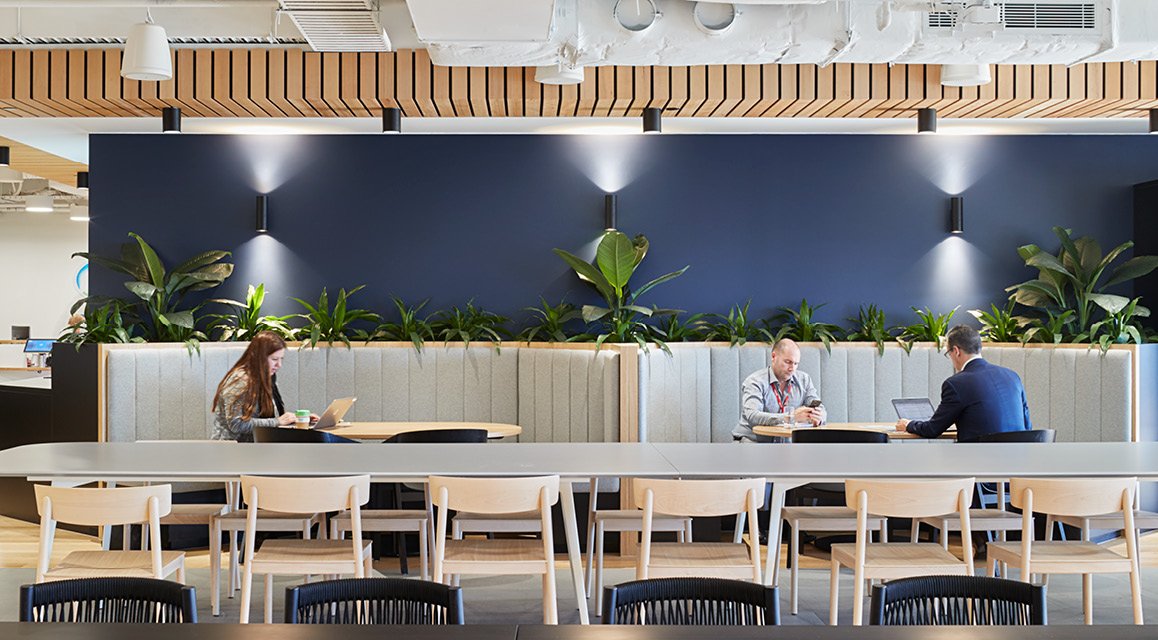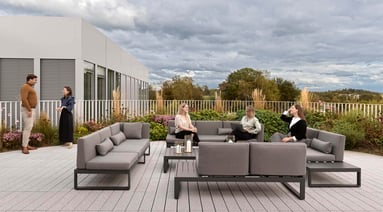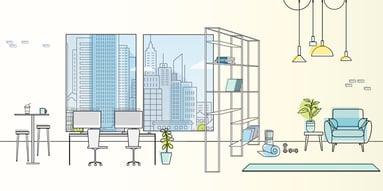
The subject of workforce productivity provokes debate wherever you are in the world. Why do some G7 members appear so much more productive than others? What will be the impact on workforce productivity levels if the regional talent shortage continues to grow?
Organisations everywhere are constantly looking for new, innovative ways to carry out day-to-day business operations. If you can devise new ways to motivate your staff and optimise your existing on-the-ground teams, you’ll be well-placed to steal a march on your rivals in the years to come.
This also means asking key questions about your physical workplace itself. For example, is the design and functionality of your office well-suited to your core business functions? Do your employees feel empowered by the working environment in which they spend the majority of their time every week?
In fact, data from projects we’ve recently completed has shown strong correlations between staff satisfaction and overall productivity levels. According to our Global Principal, Strategy, Albert De Plazaola, “The holy grail of workplace design is how to increase productivity, and we’ve found that well-designed environments can certainly add to employee satisfaction and promote better behaviours, attitudes and overall wellbeing.”
This is why our ‘Think Create Make’ methodology begins with strategy – analysing your business goals and how they translate to the physical working environment. Our goal is to collect robust data about how the proposed workplace will align with your organisational objectives, rather than using guesswork to inform the look, feel and functionality of your new office.
By taking a fully integrated approach to strategy, design and delivery we can create more productive and collaborative working environments. The goal is to create workplaces in which your people will be naturally motivated by their surroundings, while benefiting from ready access to the tools and resources they need to succeed in their roles.
“We measure productivity both around employees’ motivation to perform and their ability to perform,” explains Simon Pole, Global Director, Design at Unispace. “We have many years’ experience that has helped us to refine these down to specifics, from meeting room acoustics to lighting levels and environment controls, giving us a clear sense of what works and what doesn’t based on different workforce and organisational profiles.”
The drivers of productivity also vary from market to market, taking into account local demographics as well as specific workplace cultures and practices. This is why it’s important to partner with a workplace design firm that fully understands the nuances of each territory you’re operating in.
Book an appointment with our team today
Start measuring the productivity, motivation and ability within your own workplace.


